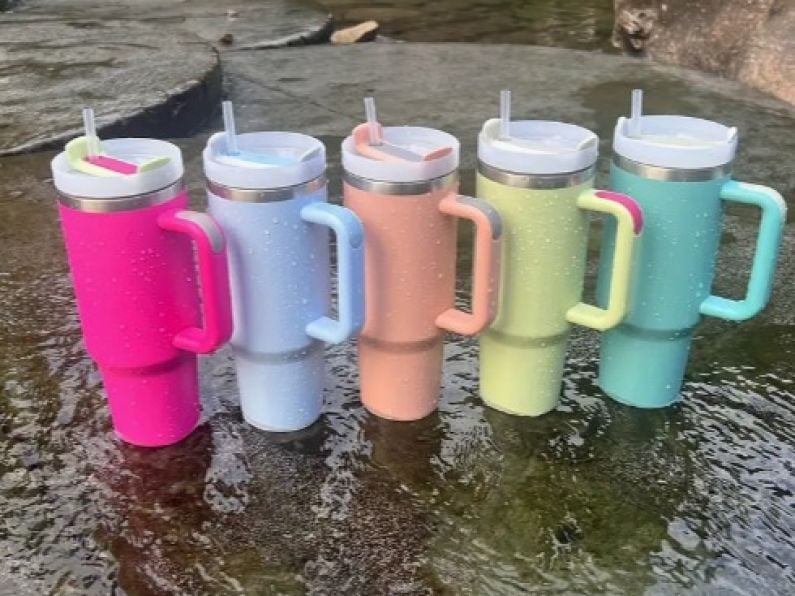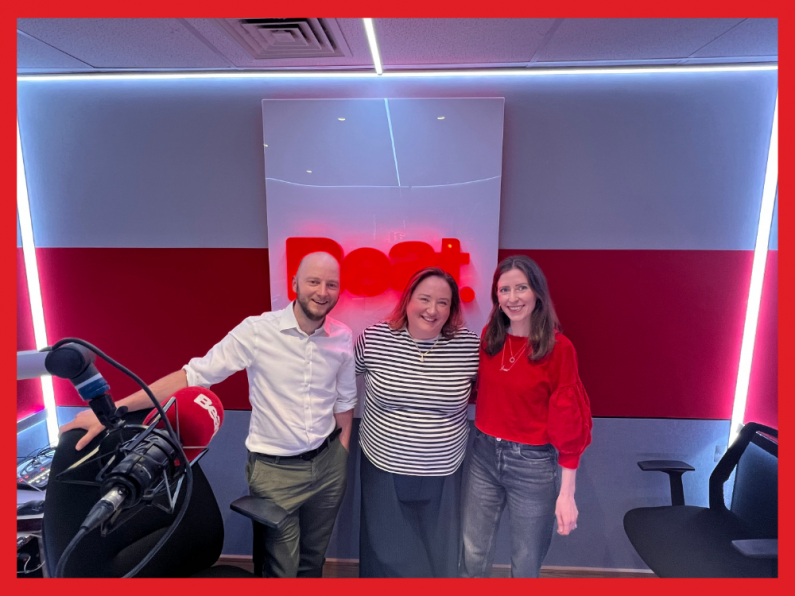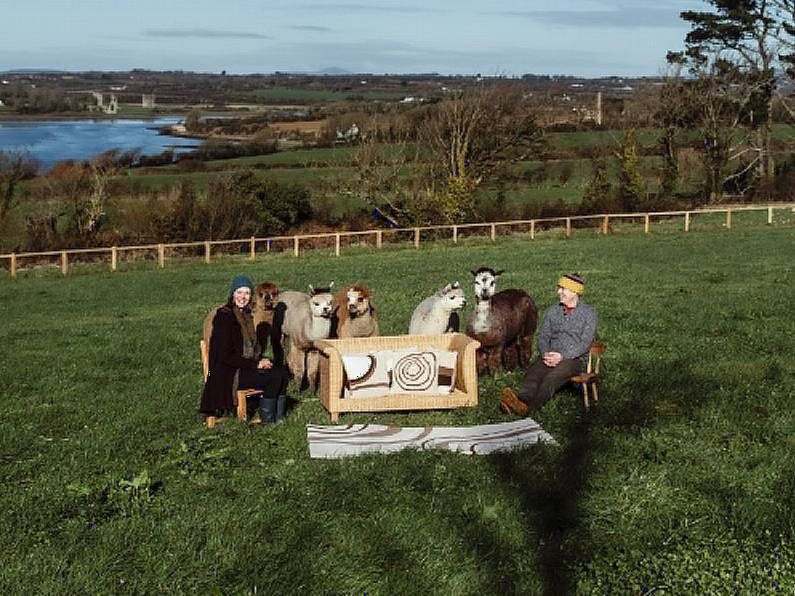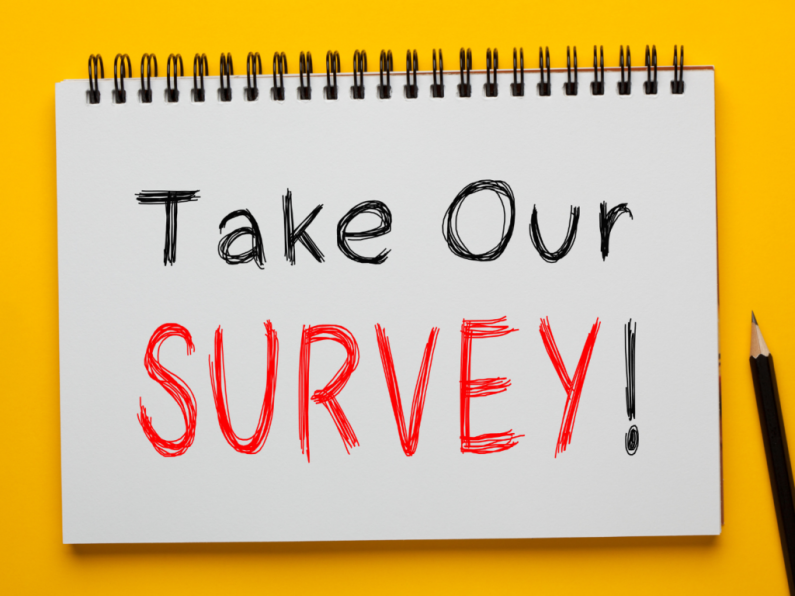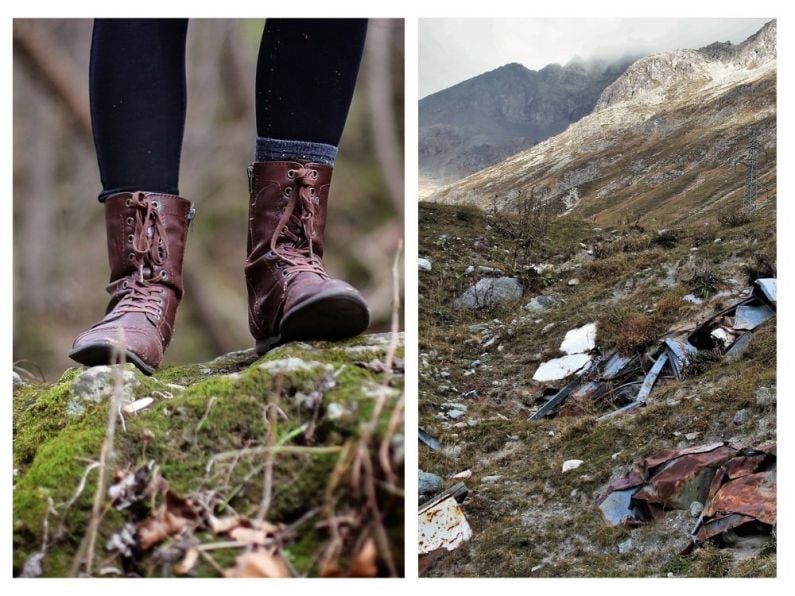They are manufactured to last a lifetime by a company that has been around for over 100 years.
This week, we look at the environmental impact of the TikTok trend; the Stanley Cup.
What is the Stanley Cup?
Stanley is an American brand of food and beverage containers invented by William Stanley Jr. The 2 main mottos for this company are "Built for Life" and "Since 1913".
Stanley introduced the 40-US-fluid-ounce (1,200 mL) Quencher bottle in 2016.
The Quencher's early sales were not substantial, but the product was the primary driver of Stanley's annual sales increasing from US$70 million in 2019 to $750 million in 2023.
Since successful influencer marketing campaigns for the Quencher via Instagram and TikTok, sales of Quenchers rose 275% between 2020 and 2021.
On social media, users show off their collections, flaunting cupboards filled with cups in every hue. Many have also bought accessories – such as plastic “spill stoppers” that seal up straws – to personalize their Stanleys. By January 2024, TikTok videos of Stanley Cups had been viewed over 201.4m times.
Long-lasting intentions
Once upon a time, it was mainly used by construction workers or hikers for its practicality.
Stanley hardware has become an emblem of the young and cool thanks to the quencher H2O Flow State Tumbler aka the Stanley Cup.
While reusable water containers are a sustainable alternative to single-use plastic, the fear is that the Stanley Cup could go the other way and impact our environment negatively.
“If you are buying a Stanley Cup, it should be with the intention of using it for a very long time and purchasing just one and not a number of limited editions that end up unused,” says Cara Carney, creator of the award-winning eco-friendly podcast “Book of Leaves”.
“Usually, I would hold companies that create supposedly sustainable and eco -friendly goods to a higher kind of standard”, Cara continued.
“They understand the mission you know that we want to we want to make any new goods that are needed should be long lasting and that's what Stanley prides themselves in. So, we should be reusing what we already have.
“We buy one good keep cup that or Stanley cup or any kind of flask that will last you a long time and until you lose it or break it then you get another one.
“It's it is a problem this kind of overconsumption even if it's because it's coming from an eco-friendly company.
“If they're marketing a product that is supposed to reduce waste, but they are encouraging overconsumption of it, that's not eco-friendly, that's greenwashing in my opinion.”
Cara says “make sure that it is purely for eco reasons and not for the reason of it being popular right now because when what's popular changes, you might not like your Stanley Cup anymore and might not want to use it.”
“I would personally buy local, buy from a local Irish company. And there are lots of different companies that you can support that even make their own or design their own reusable cups and water bottles. So just make sure that if you're getting something, you're getting it because you need it and you'll use it for a long time. As opposed to getting it because it's popular.”
For more information check out:
https://bookofleavespodcast.com/
https://www.wired.com/story/stanley-cup-quencher-environment/
https://www.theguardian.com/lifeandstyle/
***
To listen back to our latest episode, click here.
To find out Your Carbon Footprint, visit footprintcalculator.org.
We'd also like to here your say on Climate Action by taking part in our survey.
Ours to Protect is funded by Coimisiún na Meán with the Television Licence Fee.
This project is a partnership between Beat 102 103 and the Independent Broadcasters of Ireland.
Check out Ours To Protect for more information.
